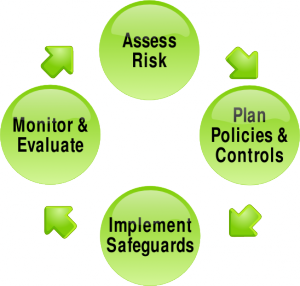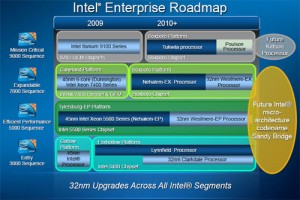
In the last post we discussed risk aversion. One of the pitfalls of being too risk averse is lost opportunity cost.
In New Product Development Project Managers constantly balance time to market with product quality, resource management, project costs & a host of other competing factors.
In an effort to develop the perfect product with maximum process capability and meeting 100% customer satisfaction the real cost of lost opportunity is often missed.
Consider a product which on release will generate, on average, $100,000 profit a month for 12 months. If the product release is delayed by 1 month the lost opportunity cost can be estimated as $100,000. What should be emphasised is that this amount will NEVER be recovered. If the product lifecycle is estimated as being 12 months depending on the competition then releasing the product 1 month late reduces the lifecycle to 11 months.
If that lost $100,000 was invested at a compound rate of 5% per year over ten years it would be worth $163,000 !
So here are some tips to minimize lost opportunity cost:-
1) Invest in the project at the front end, providing ample resource and support.
2) Fix the product spec before the end of the design phase.
3) 100% perfection is great but 95% is normally good enough for most customers.
4) Make it easy for engineers by setting SMART (Specific, Measurable, Aggressive, Realistic, Timely) targets.
5) Publicise Project Milestone targets.
6) Communicate Lost Opportunity Costs.
chris@projectsguru.co.uk
www.projectsguru.co.uk


; Keep up to date by becoming a facebook
fan

 You only have to follow the News to find out who’s suing who in the Intellectual Property wars, Apple, Samsung, Microsoft, Nokia – they’re all at it – but is the whole intellectual property industry an anachronism of the past ?
You only have to follow the News to find out who’s suing who in the Intellectual Property wars, Apple, Samsung, Microsoft, Nokia – they’re all at it – but is the whole intellectual property industry an anachronism of the past ?


 Some organizations think they can run projects without a
Some organizations think they can run projects without a 
 This week one of the busiest Motorways in England was closed for 3 days because of a fire in a scrap yard adjoining the motorway. In the ensuing debate questions were raised about the need to prevent such a thing happening again, including closing all potential threats in sites adjoining Motorways.
This week one of the busiest Motorways in England was closed for 3 days because of a fire in a scrap yard adjoining the motorway. In the ensuing debate questions were raised about the need to prevent such a thing happening again, including closing all potential threats in sites adjoining Motorways. The recent internal memo “leaked” from Nokia & published on technology website Endgadget.com demonstrates the need for any corporation, but particularly those in the Technology arena, to have a continuous stream of
The recent internal memo “leaked” from Nokia & published on technology website Endgadget.com demonstrates the need for any corporation, but particularly those in the Technology arena, to have a continuous stream of 



